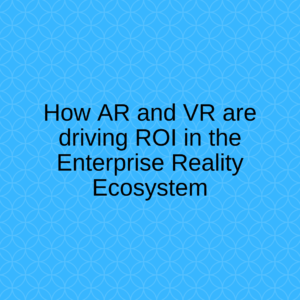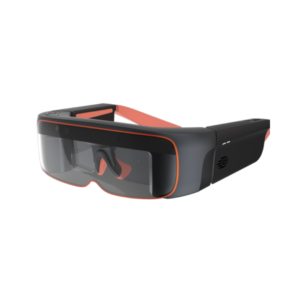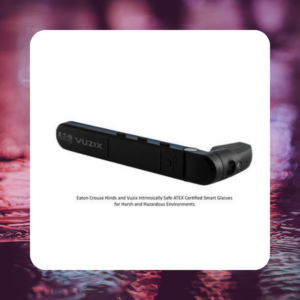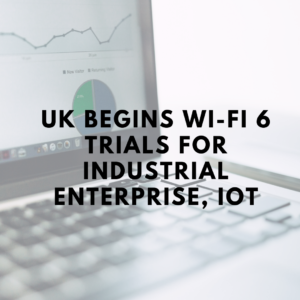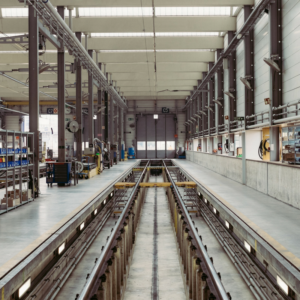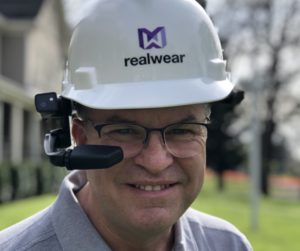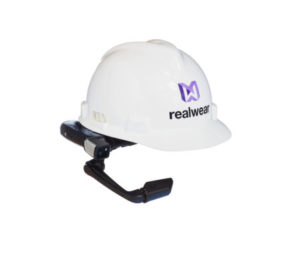The International Air Transport Association (IATA) does a vital job in helping the air travel and air cargo industries meet the challenges of growing passenger and cargo demand, climate change and an evolving global economy that increasingly relies on goods being shipped quickly around the world by air.
IATA represents some 290 airlines in 120 countries and its member airlines carry 82% of the world’s air traffic. It is working aggressively to find and offer solutions that help its members meet a myriad of challenges.
At the World Cargo Symposium in Singapore last month, IATA Director General and CEO Alexandre de Juniac outlined some of the work his organization is doing to help spur and enable innovation in cargo handling – particularly as it relates to cargo handling warehouses, where goods shipped as part of e-commerce transactions are handled and dispatched to their ultimate destinations.
In talking about the need for change in warehouse facilities, he underscored the need to move more quickly in modernizing warehouse cargo operations and processes.
“Another example where urgent innovation is needed is the facilities we use. The e-commerce world is looking for fully automated high-rack warehouses, with autonomous green vehicles navigating through the facility, and employees equipped with artificial intelligence and augmented reality tools,” he said. “The average cargo warehouse today is an impressive sight. But there is a huge gap to fill.”
Brendan Sullivan, head of e-commerce and cargo operations for IATA, is charged with helping IATA members to speed up the modernization of warehouse facilities. And he’s become a big believer in using augmented reality to do it.
Last year, Sullivan and his team engaged with Atheer to help pilot new augmented reality options for IATA members – and were surprised and delighted by the results. He highlighted those results in a recent presentation at the World Cargo Symposium.
Sullivan said that IATA’s key findings were that it was able to achieve increased performance – and notably achieve a 30 percent improvement in the speed of cargo handling and a staggering 90 percent reduction in errors.
All of that means that air cargo carriers will be able to move more cargo through their warehouses, faster and with much greater accuracy. IATA’s implementation of Atheer makes effective use of the digital work instruction design and delivery capabilities of the Atheer AR Management Platform. It allows air cargo operators to have instant access to clear, consistent and unambiguous work instructions for key tasks (such as accepting cargo as ready for air carriage).
Those work instructions can be delivered directly into the field of view of warehouse cargo handlers (though the use of smart glasses, tablets or smartphones) and updated quickly and accurately via wireless connections from the mobile devices used by the warehouse.
IATA’s Brendan Sullivan reports that air cargo operators are excited by the prospect of implementing AR in their facilities. “People were really excited – because this solution is not dependent on hardware, is easy to trial and easy to implement,” he said. “That is one of the hooks for people when they hear about it.”
IATA is now working to test and on-board Atheer’s AR-based cargo handling work instructions at additional facilities.
Read the Atheer original blog post.
